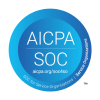Simplifying ServiceNow Hardware Asset Returns: The Complete Offboarding & Refresh Guide
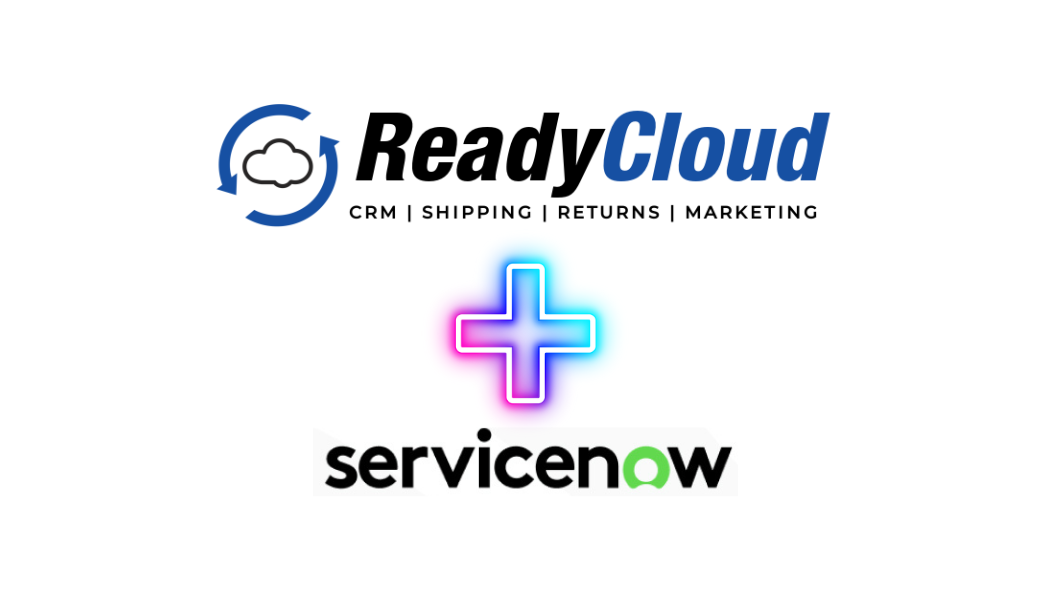
Employee offboarding has become increasingly complex in today’s hybrid and remote work environments; just look at these statistics. Old-school ways of handling hardware returns just aren’t cutting it anymore—they’re clunky, slow, and driving up expenses. Delayed returns, untracked hardware, and unclear communication can result in lost devices, data compliance issues, and employee dissatisfaction. Moreover, equipment return problems can cause onboarding delays for new hires waiting on refreshed devices.
The Importance of Hardware Asset Management
Before diving into the specifics of ServiceNow’s capabilities, it’s essential to understand why hardware asset management (HAM) is so critical. Whether it’s laptops, mobile devices, servers, or other IT equipment, hardware assets represent a significant investment. Poorly managed hardware lifecycles can result in:
- Lost or misplaced assets: Ineffective tracking can lead to asset losses, increasing replacement costs.
- Non-compliance risks: Failure to properly retire or return equipment can lead to regulatory penalties.
- Reduced employee productivity: Delays in asset refresh or replacement leave employees working with outdated tools.
ServiceNow’s HAM solution is designed to address these pain points by providing visibility, automation, and efficiency in hardware asset workflows.
Ready to Transform Your Hardware Asset Workflows?
Explore how ServiceNow and ReadyCloud can optimize your hardware asset returns and refresh strategies. Visit ReadyCloud ServiceNow Integration and take the first step toward better hardware lifecycle management today!
The Real Cost of Poor Offboarding Logistics
Remote employees can live hundreds or even thousands of miles from headquarters, creating significant challenges in hardware asset returns. Inefficient offboarding processes can lead to:
- Lost or Unrecoverable Devices: Without a streamlined process, tracking and recovering devices becomes difficult, increasing the risk of asset loss.
- Data Compliance Issues: Unreturned or improperly wiped devices can lead to data breaches and non-compliance with data protection regulations.
- Employee Dissatisfaction: A cumbersome offboarding process can leave departing employees with a negative impression, affecting the company’s reputation.
- Burnout for HR and IT Teams: Manual processes and lack of coordination can overburden HR and IT teams, leading to decreased productivity.
Additionally, equipment return problems can snowball into onboarding delays for new hires waiting on refreshed devices, further impacting organizational efficiency.
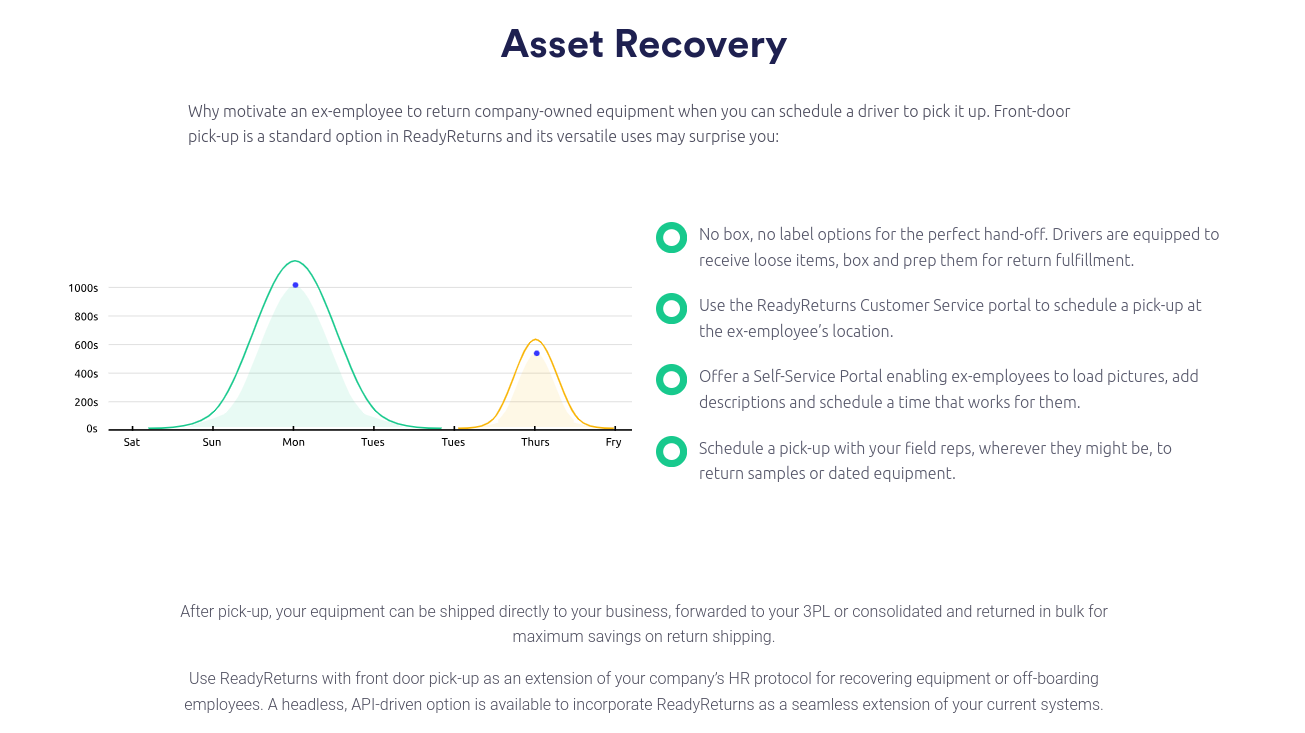
A Closer Look at the ServiceNow Offboarding Lifecycle Event
ServiceNow’s Offboarding Lifecycle Event offers a comprehensive solution to coordinate all aspects of employee exits. This feature acts as the central nervous system for offboarding, synchronizing tasks such as ticketing, notifications, approvals, hardware returns, and de-provisioning.
How Lifecycle Events Coordinate:
- Termination Triggers the Event: Initiates the offboarding process upon employee departure.
- Assigns Tasks to Relevant Departments: Delegates responsibilities to HR, IT, security, and other relevant teams.
- Flags Physical Assets and Data for Recovery: Identifies hardware and data that need to be retrieved.
- Integrates with Shipping or Returns Software: Facilitates the logistics of hardware returns, especially for remote employees.
- Tracks Everything with Full Visibility and Reporting: Provides transparency and accountability throughout the offboarding process.
Implementing Lifecycle Events ensures that all tasks are completed systematically, reducing the risk of manual errors and ensuring compliance with organizational policies.
How ServiceNow HRSD Powers a More Agile Offboarding Process
ServiceNow Human Resources Service Delivery (HRSD) brings structure and efficiency to the offboarding process by eliminating scattered spreadsheets, emails, and shared documents. It offers embedded knowledge bases, automated approvals, and tailored checklists to improve speed and compliance.
Benefits of ServiceNow HRSD:
- Centralized Task Management: Connects HR, IT, and facilities in a single dashboard with task transparency.
- Consistent Employee Offboarding Experience: Keeps the process consistent for every employee, no matter where they’re working from.
- Automation of Routine Tasks: Reduces manual intervention, allowing HR teams to focus on strategic initiatives.
Leveraging HRSD means that organizations can streamline their offboarding processes, ensuring a seamless transition for departing employees and reducing the administrative burden on HR teams.
Remote Teams Need Remote Solutions: ServiceNow Remote Offboarding
Managing offboarding for remote employees presents unique challenges that require specialized solutions. ServiceNow addresses these challenges by offering features tailored for remote offboarding.
Common Bottlenecks:
- Uncertainty in Hardware Return Procedures: Remote employees may be unsure of how or when to return company assets.
- Lack of Pre-Paid Return Labels or Kits: The absence of return logistics can delay the return process.
- Untracked Issued Hardware: IT departments may lack visibility into what hardware has been assigned to remote employees.
- Locally Stored Data on Personal Devices: Ensuring the secure retrieval of company data from personal devices can be challenging.
ServiceNow Remote Offboarding Solutions:
- Automated Return Kit Generation: Facilitates the creation and dispatch of return kits to remote employees.
- Shipment Tracking: Provides real-time tracking of returned assets to ensure accountability.
- Device Check-In Status Synced with Employee Status: Aligns hardware return status with employee offboarding status.
- Flags for File Backup and Secure Data Wiping: Ensures that all company data is securely backed up and wiped from returned devices.
Integrating these solutions ultimately means that organizations can effectively manage the offboarding of remote employees, ensuring the secure and timely return of company assets.
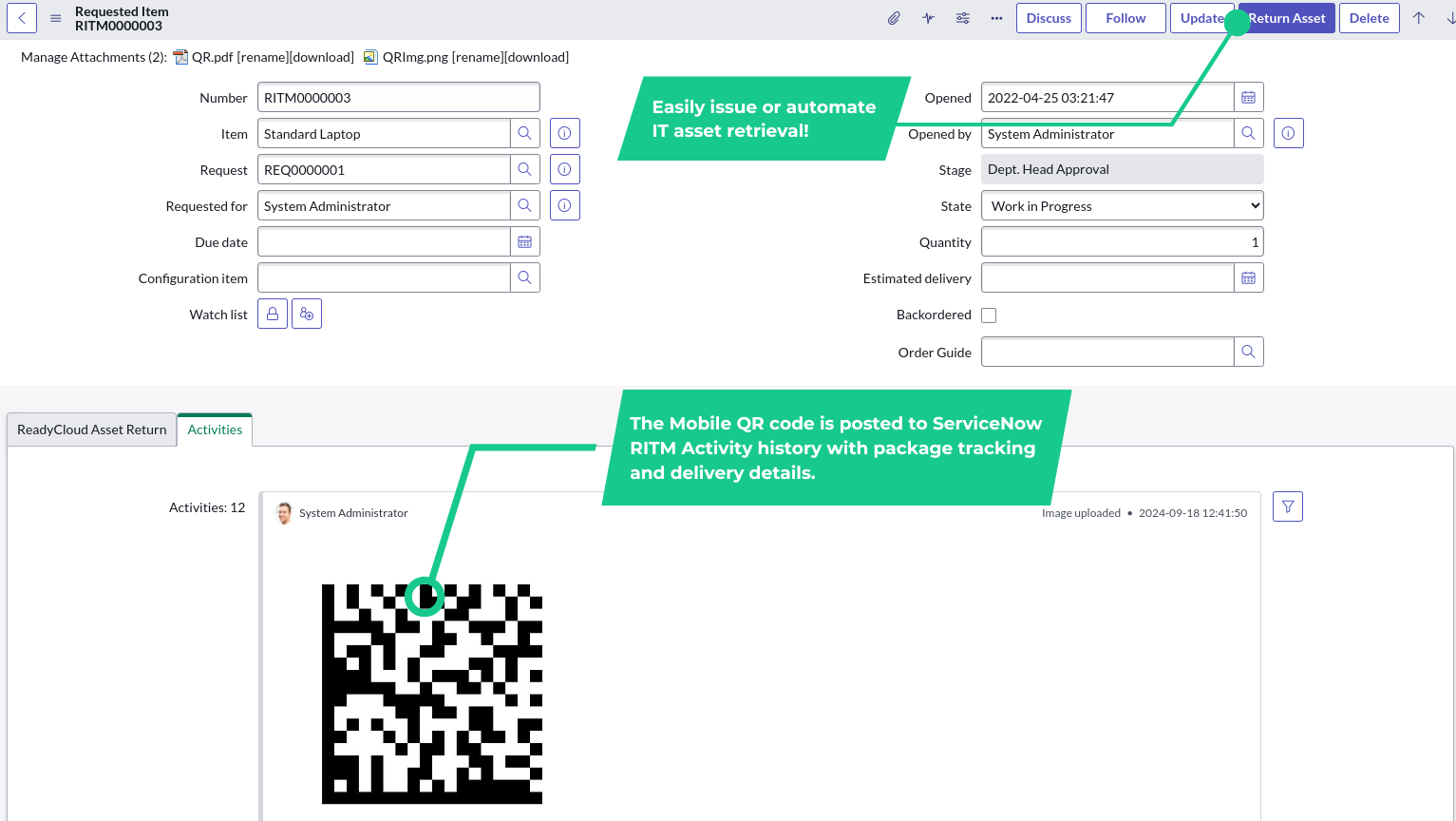
The Hardware Handoff: Optimizing the ServiceNow Offboarding Process
A structured approach to hardware asset returns is crucial for an efficient offboarding process. ServiceNow facilitates this through its Asset Management capabilities.
Optimizing Hardware Returns in ServiceNow:
- Asset Tracking: Utilize Asset Management to monitor all issued hardware, tying device IDs to user profiles and employment dates.
- Automated Return Requests: Trigger return requests and label generation through Lifecycle Event automation.
- Inventory Updates: Track when returns are received and automatically update inventory records.
Key Considerations:
- Include Clear Instructions: Provide departing employees with detailed instructions on returning hardware.
- Notify Relevant Departments: Inform finance or procurement teams for replacement planning.
- Secure Data Management: Make sure files are backed up properly and wiped clean from any returned device.
Implementing these practices speeds up the refresh cycle and ensures that hardware is ready for redeployment to new hires.
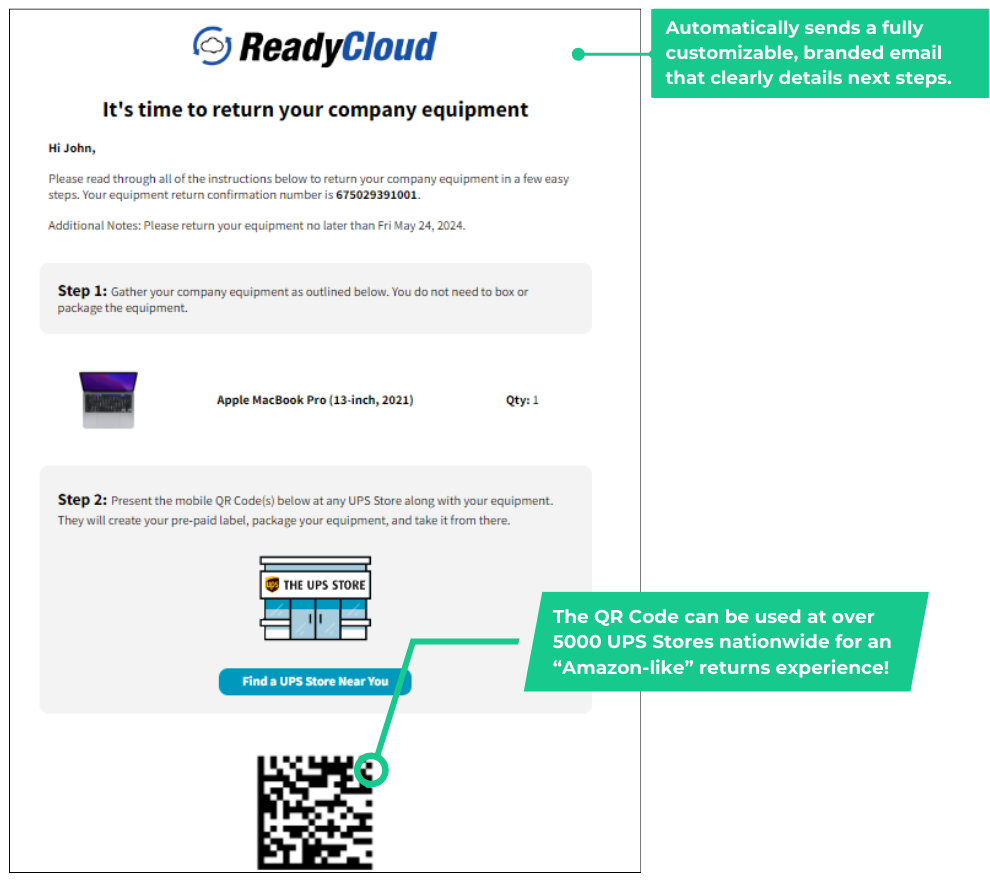
Improving the Employee Offboarding Experience
Smooth offboarding plays a big role in protecting your company’s image while cutting down on extra admin work.
Benefits of a Smooth Offboarding Experience:
- Preserves Company Reputation: Employees leaving on good terms are far more likely to share positive things about the company.
- Reduces Ticket Volume: Streamlined processes decrease the number of support tickets related to offboarding
- Encourages Return of Assets and Knowledge: A clear process increases the likelihood of recovering company assets and knowledge transfer.
ServiceNow Enhancements:
- Personalized Task Lists: Tailors offboarding tasks to individual employees.
- Self-Service Portals: Gives employees the freedom to handle tasks on their own without needing constant help.
- Built-In Communications and Reminders: Keeps employees informed throughout the process.
Through focusing on the employee experience, organizations can ensure that offboarding is handled professionally and efficiently.
Data Hygiene Matters: ServiceNow Store Files Offboard Tips
Handling data the right way during offboarding is key to avoiding breaches and staying compliant with regulations. Devices leaving the organization — whether returned or not — can hold confidential files, intellectual property, or personally identifiable information. Without protocols in place to recover or wipe this data, you’re exposing the company to unnecessary risk.
Best Practices for Offboarding Digital Assets Using ServiceNow
- Include File Backup in Lifecycle Events: Use the ServiceNow offboarding lifecycle event to flag data backup tasks for IT and the employee before device shutdown.
- Sync Files to Secure Cloud Repositories: Standardize syncing with tools like SharePoint, Google Drive, or OneDrive. Track confirmations via ServiceNow checklists.
- Automate Endpoint Wipe After Confirmation: Once files are recovered, use integrations to trigger secure device wipes—ensuring data doesn’t walk out the door.
- Audit for Completion: Ensure all tasks, including data offboarding, are audit-logged within ServiceNow for compliance.
Pairing secure data return steps with automated hardware processes keeps your digital house in order—even as employees exit. It’s more than just smart IT practice—it’s a forward-thinking way to stay protected.
Why ServiceNow Onboarding and Offboarding Go Hand in Hand
It’s easy to treat onboarding and offboarding as separate workflows. One brings someone in, the other shows them the door. But when you connect these workflows inside ServiceNow, your entire workforce cycle becomes smoother, smarter, and more scalable.
Here’s what happens when the two are aligned:
- Asset Reuse Gets Faster: Devices turned in through offboarding can be wiped, reconfigured, and reassigned with minimal downtime.
- Licenses and Access Reclaimed Instantly: Rather than buying new seats, de-provisioned licenses are repurposed during onboarding.
- Better Inventory Planning: Real-time visibility into who’s returning what helps procurement avoid unnecessary purchases or stock shortages.
- Knowledge Retention Improves: Offboarding tasks that capture tribal knowledge can directly inform onboarding documents or training.
In many organizations, onboarding delays are caused by poor offboarding practices. Connecting both ends of the employee journey through ServiceNow onboarding offboarding workflows means new hires hit the ground running—with everything they need, right when they need it.
FAQ: Offboarding & Asset Returns in ServiceNow
What are the steps of offboarding?
Offboarding goes way beyond handing in a badge and laptop—it’s a detailed, step-by-step workflow built right into ServiceNow. It begins with the notification of an employee’s departure, followed by launching a ServiceNow offboarding lifecycle event. From there, HR and IT tasks are assigned and monitored, hardware return instructions and shipping materials are generated, and files are recovered while accounts are closed and licenses reclaimed. The process wraps up with exit interviews, benefits reviews, and logging all completions for auditing and compliance.
What is the IT offboarding policy?
A strong IT offboarding policy outlines clear timelines for account deactivation, procedures for data backup and deletion, defined methods for device recovery—whether in-person or remote—and strict security protocols for handling sensitive systems. Using ServiceNow ensures these policies are followed consistently through automated workflows and task-driven processes.
Who is responsible for offboarding?
Offboarding is a shared responsibility across departments: HR manages employee relations, documentation, and benefits; IT oversees devices, software, and system access; and managers handle handoffs, knowledge transfer, and internal communication. ServiceNow HRSD brings all of these roles together in a single platform, assigning tasks to the right people and tracking progress from start to finish.
What is the IT asset offboarding process?
This involves flagging all assigned hardware in ServiceNow, generating pre-paid return kits or scheduling pickup orders, tracking the returned items and inspecting them upon arrival, then logging data wipes and reconfiguring the devices for reuse. This ensures a clean break in the offboarding process and prepares the assets for timely redeployment or responsible recycling.
Is offboarding the same as termination?
Not quite. Termination is one reason offboarding happens—but people also resign, retire, or transfer internally. The offboarding process should be adaptable depending on the reason for departure, while still retaining critical steps around hardware, access, and data.
From Painful Returns to Predictable Workflows
What used to be a frustrating, last-minute scramble for HR and IT is now an opportunity to boost efficiency, accountability, and visibility. The onboarding and offboarding process in ServiceNow creates a reliable structure that scales with your workforce—whether that’s across offices or continents.
Let’s recap the key benefits:
- Less Manual Chasing: Automate asset return tasks, file backup requests, and shipping label generation.
- Improved Security: Protect company data with auditable, trackable offboarding steps and real-time asset tracking.
- Happier Departing Employees: A clear and consistent exit experience improves goodwill and supports company reputation.
- Better Onboarding for the Next Hire: Offboarding feeds into onboarding, ensuring devices and software are ready for Day One.
The better you offboard, the better you onboard. It’s that simple.
Where ServiceNow Ends, ReadyCloud Begins
Even with all the power of ServiceNow, hardware return logistics can still be a blind spot—especially for remote teams. That’s where ReadyCloud comes in.
ReadyCloud makes it easier to:
- Generate return shipping labels for departing employees
- Provide tracking links for both sender and receiver
- Monitor return status with automatic updates in your ServiceNow instance
- Connect to your existing inventory or asset management systems
Whether you’re managing five exits a month or fifty, pairing ReadyCloud with ServiceNow HR onboarding and offboarding automations means your hardware doesn’t fall through the cracks. No more lost laptops, no more missing chargers, no more wasted time.

Don’t Just Offboard—Optimize
Offboarding doesn’t have to be stressful, rushed, or inefficient. With the right combination of ServiceNow offboarding workflow and tools like ReadyCloud, it becomes a streamlined, repeatable process that protects your bottom line and enhances your company culture.
Companies that treat offboarding as an afterthought often struggle with:
- Increased asset loss
- Higher IT costs
- Delayed onboarding
- Data security risks
On the flip side, those who take it seriously see major wins:
- Reduced equipment loss
- Smoother transitions
- Happier former employees (yes, that’s a thing)
- Better readiness for new hires
You’ve invested in ServiceNow. You’ve built out workflows. Now it’s time to close the loop—both physically and digitally.
Make Offboarding Returns Seamless with ReadyCloud
Want to stop chasing down laptops and start checking off completed offboards? ReadyCloud integrates with ServiceNow to simplify equipment returns, automate shipping, and give your HR and IT teams time back.
Let’s make offboarding effortless—for you and your team.
Learn more about how ReadyCloud can enhance your servicenow offboarding process.
What You Should Do Now
Offboarding remote employees? Need your company devices back? Here are three ways we can help you retrieve devices from remote employees:
Schedule a Demo – If you want to recover remote employee devices without sending a box or label, just a QR code, schedule a demo of ReadyCloud. We’ll tailor the session to your company’s needs and address any questions.
Get the Free Guide – Unveil the 7 critical pitfalls companies encounter when recovering remote employee IT assets, and prevent costly mistakes, low recovery rates, and wasted resources.
Share On:





